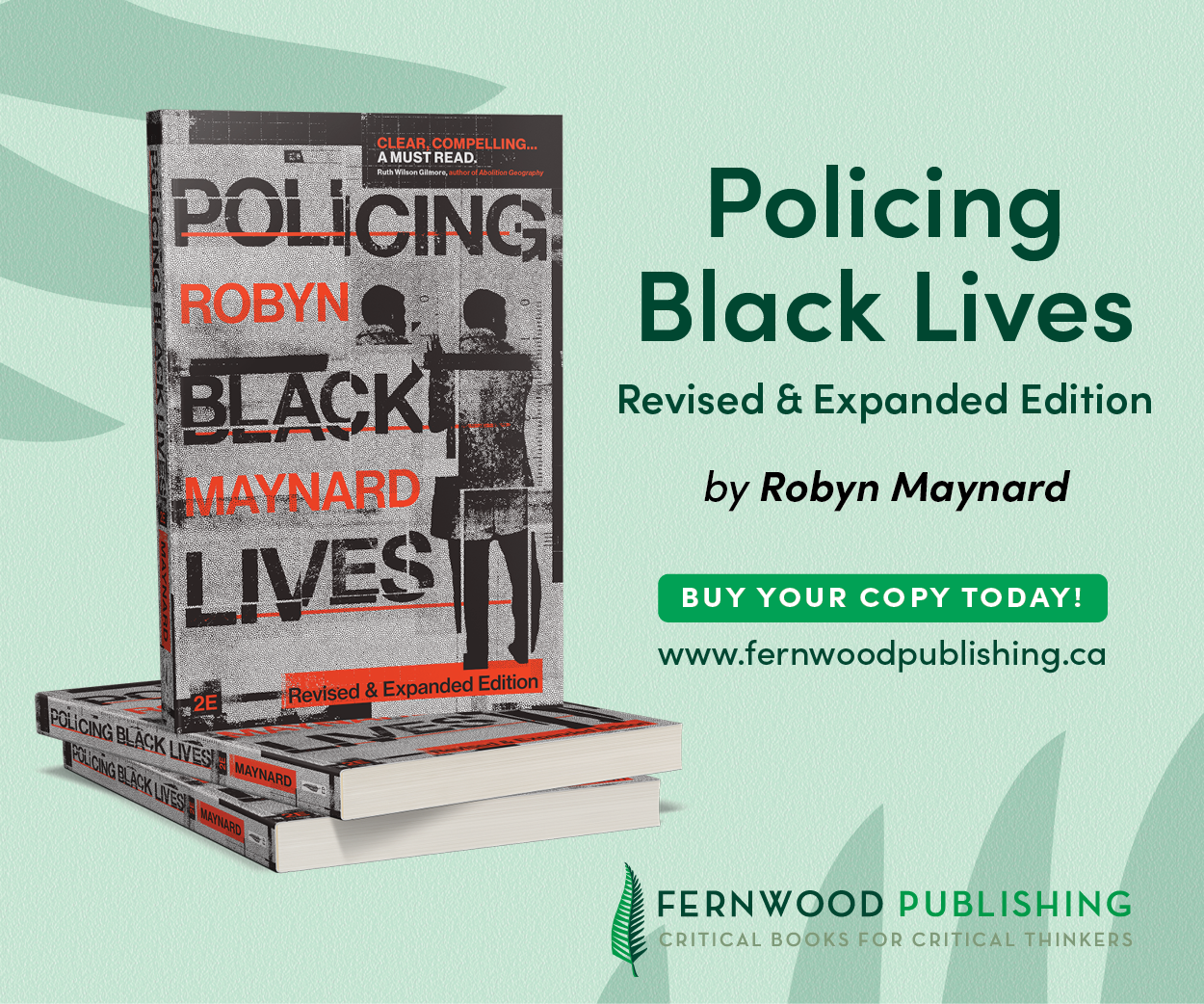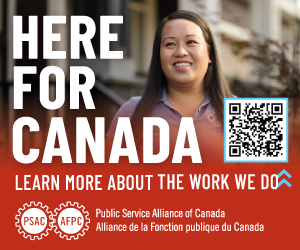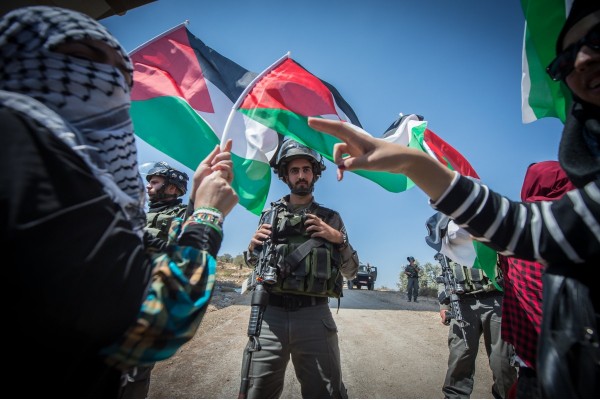John Tory and Doug Ford’s vision of ‘safety’ is anti-Black
Imagine if investments were made in the services and interventions community members have sought for decades

On Tuesday, January 24, hundreds gathered outside Toronto City Hall to protest John Tory’s proposed $48.3 million police budget increase. Photo by Phillip Dwight Morgan.
If you follow the Toronto news cycle, you’ve undoubtedly heard about an increase in violent incidents on the TTC. Both commuters and transit employees have been attacked, assaulted, harassed, and have faced many other threats to their safety.
An intense city-wide climate has emerged in the wake of these often gruesome and random attacks, and severe news reporting has made many Torontonians understandably nervous about taking the subway or streetcar. Admittedly, the idea that one could be randomly assaulted while simply trying to run errands or get home from work is a terrifying prospect.
It is because of the weight of this burden—one that no transit rider or employee should have to bear—that it is so concerning that Mayor John Tory and Police Chief Myron Demkiw announced that as many as 80 more officers would be patrolling the TTC daily. “The TTC must be safe for everyone, without exception, [for] the people who use it and the people who provide the service,” Tory said at a presser.
What are we to make of the presence of dozens of additional police officers in a city where a Black person is 20 times more likely than a white person to be involved in a fatal shooting by the Toronto Police Service, despite making up only 8.8 percent of Toronto’s population?
Do we truly believe that this decision has everyone’s safety in mind when, in 2022, police shootings increased by nearly 25 percent across Canada?
The reality that policing in Toronto, in Canada, and across the world, is violent and harmful has been expressed compellingly by many others and does not need revisiting here. What does warrant closer inspection is the way in which narratives of public safety are often deeply anti-Black, anti-Indigenous, anti-poor, anti-LGBTQ+, and ableist. This has taken on new meaning in the wake of Tory’s proposed $48.3 million increase to the 2023 municipal police budget.
When the media endorses an anti-Black institution such as the Toronto Police Service as a viable solution to violence and as a path to safety for “everyone,” they necessarily perpetuate a vision of “everyone” that excludes Black people. Not only are Black people relegated from the public discourse but, more specifically, our suffering is minimized and therefore justified.
Looking back on the decade-long battle to remove armed police from the Toronto District School Board, defenders of the School Resource Officer (SRO) Program argued that there wasn’t any evidence to indicate that it was harming marginalized students (denial). Later, when community members showed up to deputations, the argument shifted and proponents dismissed the hardships expressed as purely anecdotal (dismissal). Finally, when the TDSB convened a survey of 12,000 respondents, and the results indicated that more than 1,100 students felt harassed or intimidated by SROs, supporters of the program argued that 1,100 was a small number and that, while mistakes had been made, the program was far from irredeemable (minimization).
Throughout the process, the experiences of those directly impacted were relegated to the margins of a conversation that should have had them at its centre. Rather than holding elected officials accountable for stripping a system of its supports, the general public accepted a proposition in which the safety of Black people was the necessary cost of the problems of an urgent and dire situation.
Today, we find ourselves met with this same proposition. A nearly $50 million increase to the Toronto Police Service’s budget is being offered as a solution to the many social problems that plague this city. John Di Nino, the national president of the Amalgamated Transit Union, has openly stated that more police will not solve the TTC’s problems.
“We need investments in public transit—we don’t need to be chipping away at it,” said Di Nino. “Just putting police officers on the front lines is not enough.”
Similarly, last week, a network of community organizations known as Another Toronto Is Possible held a rally outside City Hall where the families of Regis Korchinski-Paquet and Taresh Bobby Ramroop (two Black Torontonians who died during confrontations with police) shared their accounts of how law enforcement institutions perpetrate violence. For them and their loved ones, the police did not create anything resembling a feeling of safety or security.
“My son Bobby died during a mental health crisis, when he needed his family,” said Debbie Indal, the mother of Taresh Bobby Ramroop.
“The police came to the door. I told them I was alright. They insisted they needed to enter my home and they would get the super to open the door if I didn’t. The police were at my door for three hours or so. I got support from my community, mental health support: she is a neighbour. I didn’t need police; I needed a mental health worker. Why didn’t they let us help my son when he was in crisis: his family, the community, us? We raised Bobby his entire life and until that fateful day when the police came… The Toronto police are responsible for my son’s death.”
In light of the abundant evidence revealing the tremendous harm that police have inflicted on so many communities, it is reprehensible for media outlets and the general public to spread a narrative of public safety for “everyone” that involves policing.
As John Tory expands policing to all facets of daily life, we are reminded that what we are witnessing is not “public safety” but rather a dismantling of public services facilitated by mass securitization and the criminalization of poverty.
In the face of a cash-strapped transit system, the public has repeatedly been told that “fare inspectors” are necessary. In under-resourced, under-funded high schools with overflowing classrooms, Tory told parents and students that “resource officers” will improve a dire situation. On university campuses, where student supports and services are routinely under attack, students are told that “peace officers” can help.
Ultimately, regardless of what euphemisms are used, our pleas for support—for more funding, more mental health supports, and better housing—have been met with uniformed, armed officers with long histories of harming marginalized communities.
What should real safety look like? Recently, Toronto City Council received a six-month evaluation report on the implementation and operations of the Toronto Community Crisis Service (TCCS) pilots. The third-party report confirmed that the pilots have successfully diverted 78 percent of mental health crisis calls received by 911 with no police involvement.
Sharing the news release on Twitter, journalist Denise Balkissoon wrote, “Toronto just got the six-month report from the non-police Community Crisis Support Team pilot and 78% of calls were diverted without involving police. Imagine if we gave that a $50 million raise. Instead, it’s an increase of maybe $3 million.”
Imagine if investments were made in the services and interventions community members have sought for decades. Imagine if their stories and experiences were at the centre of conversations about public safety, not relegated to sidenotes.
Imagine.
Perhaps then, and only then, could we begin to truly talk about safety for everyone in Toronto.
Phillip Dwight Morgan is a Toronto-based writer and activist. His essays, op-eds, and interviews have been featured on cbc.ca, macleans.ca, and rabble.ca, and in Briarpatch and Spacing magazines.










